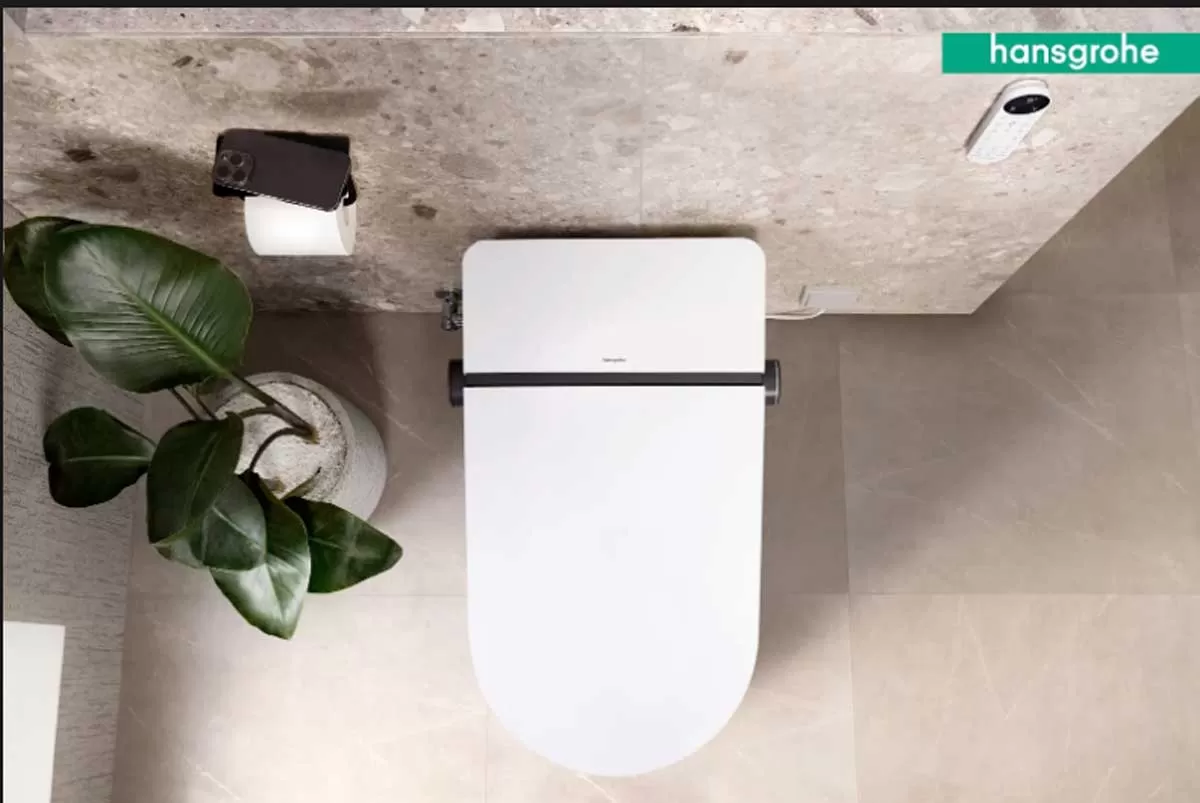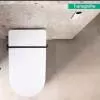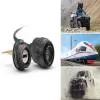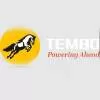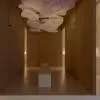With precast concrete technology gaining ground in India, we look at the system, equipment used and production process.
Precast concrete technology is not new to India. Traditionally, this technology has been used to manufacture heavy structural elements like segments, girders, base columns and beams for bridges and road flyovers, tunnel lining segments to be installed during the tunnel boring method using TBMs and many specialised elements for stadiums, cooling towers and similar structures. At present, precast is gaining significant space in the building construction sector. The old concept of precast low-cost housing has given way to modern, high-rise and architecturally complex residential buildings, commercial complex, hospitals, and others.
Precast concrete technology as applied to buildings comprises controlled, in-factory production of hollow core slabs for roofs and floors and single or sandwiched side and wall panels, beams and columns required to make the building. On site, the base foundation is prepared in-situ and the rest of the elements are assembled and locked in place to complete the rest of the building. A detailed description of the system, equipment used and manufacturing processes for each type of element are presented here in consultation with Elematic India and VME Precast. While Elematic is one of the world´s leading suppliers of precast manufacturing equipment and technology, VME is one of the leading suppliers of precast elements.
Type of precast components for buildings
Pre-stressed hollow core slab and planks.
Single or double wall panel with or without inserts and openings.
Roof beams, spans and columns.
End connections and joining elements.
Special shaped elements.
Staircases.
Regular and lift shafts.
Miscellaneous items.
Production process and equipment.
Hollow core slabs, planks and floor panels.
Equipment used
Hollow core casting bed: The average length of the bed is 100-150 m and the width depends on the maximum size of the slab planned for manufacturing. Hollow core curing pipe arrangement is installed below the bed. The same is connected to either a thermostatically controlled steam generator or water circulating system.
Concrete extruder: The casting capacity and mould size are governed by the product range selected for manufacturing. The thickness of the slab can range from 100 mm to 1,000 mm while the width can range from 500 mm to 3,000 mm. The length of the span depends on the structure´s design.
Hydraulic jacks for pre-stressing.
Automatic concrete saw: The specifications and size of this equipment is governed by slab dimensions, extruder specifications, the power required to cut the strands and the concrete design mix.
Concrete delivery monorail.
Concrete delivery bullet.
The entire machinery is laid out under a covered shed.
Production process
The production sequence for all precast elements is best described through the adjacent infographic. Individual variations for specific elements are discussed separately.
Steel reinforcement strands are rigidly anchored at the fixed end, laid out on the casting bed, looped through the apertures provided in the slip form mould on the extruder and connected to the hydraulic jacks installed at the other end.
The jacks are operated to tension the stands.
The extruder is positioned at the start end of the casting bed, which is also the rigid end of the strands.
Concrete is produced in the batching plant as per mix design.
The same is transported in enclosed bullets through overhead monorails and delivered to the feeding hopper of the extruder.
The extruder moves forward at controlled speed to continuously cast the hollow core slab until it reaches the other end.
The hot water curing system is installed below the casting bed.
Wall and panels
Layout table: Flat steel tables of adequate size for the base for panel assembly. The number of tables is governed by production capacity.
Laser projector: Sometimes, a high-definition laser projector is mounted on the roof above the panel assembly table. It is calibrated to project one-to-one scale green laser on the worktable. Thus, the assembly process is simplified without compromise on quality and repeatability. Alternatively, an automatic plotter can be deployed to generate the drawing on the table.
Concrete delivery cross bridge: The panel assembly tables are laid out in the shed to ensure that concrete can be delivered to all the manually assembled wall panel moulds, complete with reinforcement, inserts and window cut-outs, etc.
All equipment and facilities are installed under a shed.
Beams and columns and other items
Hydraulically operated moulds: Item-specific steel moulds are made in line with item design. Hydraulically operated side panels are incorporated to open and close the moulds.
Concrete delivery through buckets.
Curing chamber: Container-type curing chamber is used.
The reinforcements, inserts and other items are assembled in situ on the table.
Faster and cheaper
A faster and more economical system can be deployed for non load-bearing partition walls, boundary walls or such structures known as Acotec. The benefits of Acotec are unquestionable. The production process, with a low energy consumption of 55 kW per hour, is completely automated, engaging fewer than five people. ´We appreciate the small amount of production space and low manpower required to operate the Acotec line,´ says Nishant Patel, Director, BN Precast. ´The machinery takes up only 900 sq m of factory space.´ The line is also suitable for installation into existing production facilities.
VME Precast, part of the VME Group located in Chennai, is also a leading supplier of precast elements manufactured at its state-of-the-art production facility near Sriperambudur. The annual production capacity is 3 million sq ft of precast elements for hollow core slabs, wall panels and others.
Cost economics and challenges
´Complete precast lines for manufacturing concrete wall panels have a typical payback time of one-and-a-half to two years,´ says Patel. ´Opting for an Acotec line can result in substantial savings in construction costs compared to traditional on-site methods.´
´We invested Rs 70 crore for the production facility at Chennai spread over an area of 20 acre; the cost of land is extra,´ comments S Karthik, Director, VME Precast.
´The construction industry is bleeding, business is at a low ebb, 95 per cent of our supplies are to outside customers and we are at only 70 per cent capacity utilisation. As such, it is difficult to predict the extent of return on investment. Also, the incidence of 14.5 per cent VAT on finished elements substantially increases the cost to end-users. For example, the VAT on steel is only 5 per cent but when converted to precast, the standard VAT is applicable. Similarly, the basic VAT on crushed aggregates is nil but the finished products meet the same fate.ö On review, it is felt that the implementation of GST will ease the tax burden on end-users and substantially lower the construction cost of buildings using precast.
The way ahead
Precast concrete construction is destined to grow in India. The main drivers are implementation of pollution norms in urban and semi-urban areas by the authorities, translating to restrictions of operating critical in-house facilities like concrete batching plants and crushers; high logistic costs for transporting building materials to construction sites; high costs of infrastructure for the workforce and plant setups required to execute in-situ construction; and ease and speed of construction with precast.
Advantages Precast
Minimal on site, in-situ construction.
Over 50 per cent reduced workforce.
Low infrastructure and logistic costs.
Production in factory environment.
Better quality control.
All-weather production.
No facility setup required at site.
High quality and dimensionally accurate construction elements.
Flexibility to construct different elevation features.
Textured finish possible during production.
Thinner but equally strong walls and panels.
Increased carpet area for occupants.
Faster building construction.
No post-construction finishing requirements.
Higher building lifespan.
Construction pollution at sites minimised.


